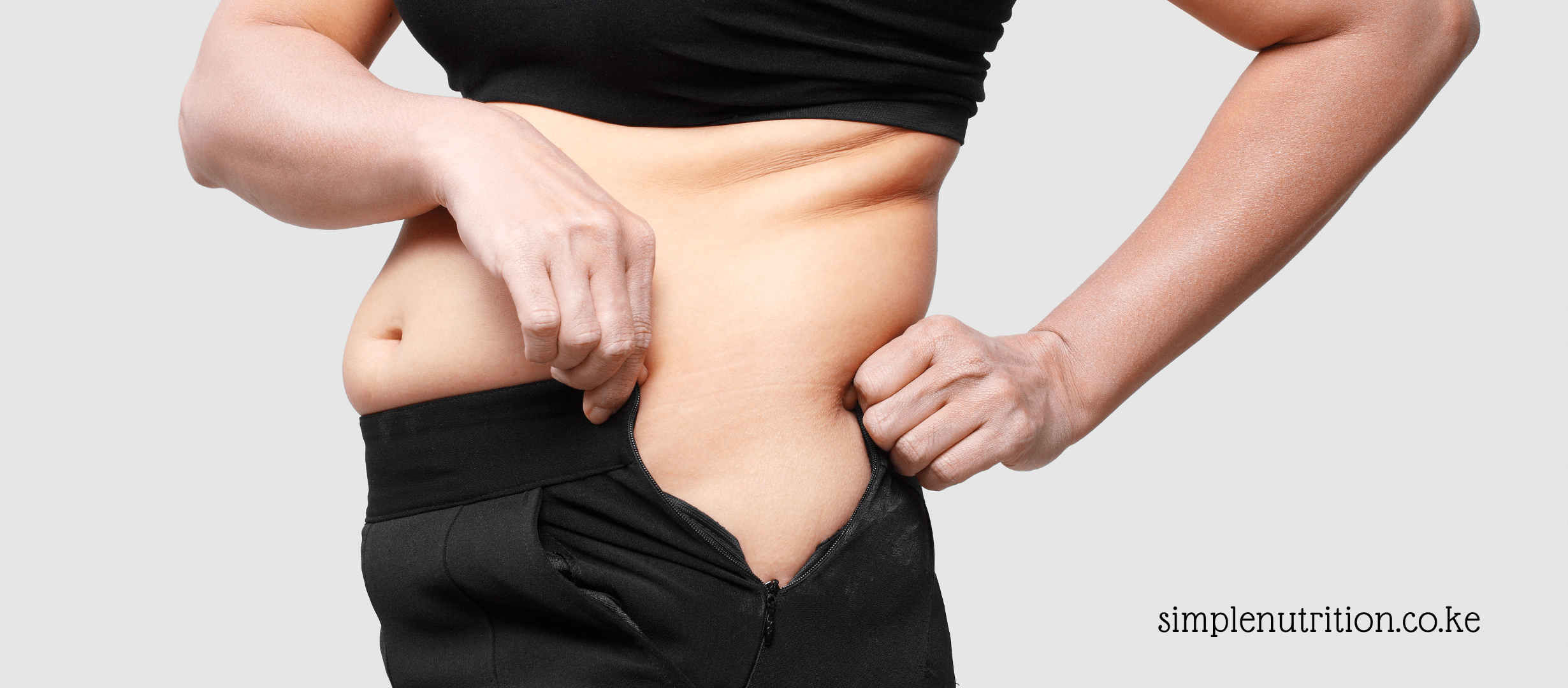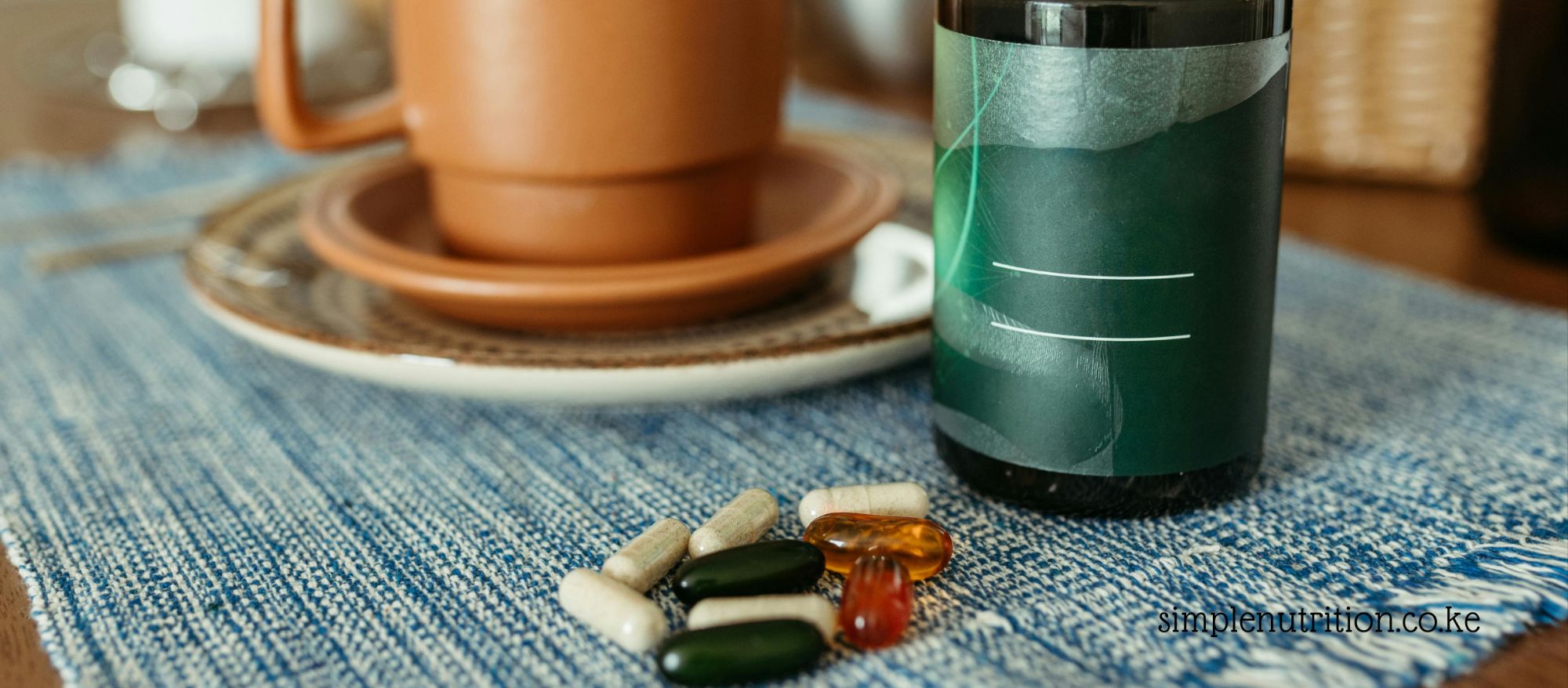Assessing your eating habits is crucial for managing diabetes effectively. Understanding what, when, and how much you eat helps you maintain stable blood sugar levels.
From keeping a food diary, noting the types and quantities of food consumed, along with the timing of your meals. To Paying attention to carbohydrate intake, as it directly impacts blood sugar and also evaluating portion sizes and the balance of macronutrients (carbohydrates, proteins, and fats) in your diet. Here’s how you can quickly assess your eating habits;
1. Am I skipping meals to keep my sugar levels low?
Regular meal timing is important for effective diabetes management. Skipping meals or going long periods without eating can disrupt your blood sugar levels.
Effects of Skipping Meals;
- Blood Sugar Fluctuations: When you skip a meal, your blood sugar levels can drop too low (hypoglycemia), which can lead to symptoms like dizziness, confusion, and irritability.
- Overeating: Skipping meals can cause you to become overly hungry, leading to overeating at your next meal. This can result in blood sugar spikes, making it harder to control your levels.
Optimal Eating Schedule;
- Regular Intervals: Aim to eat at regular intervals, typically every 4-6 hours, to keep your blood sugar levels stable. Small frequent meals are always recommended.
- Balanced Snacks: Include healthy snacks between meals. Choose snacks that combine protein, fiber, and healthy fats to maintain energy and blood sugar stability.
Practical Tips
Meal Planning: Plan your meals and snacks ahead of time to ensure you don’t go too long without eating.
Portable Snacks: Keep portable, healthy snacks like nuts, fruit, or yogurt on hand for times when you’re on the go.
Consistent Routine: Establish a consistent eating routine that aligns with your lifestyle and diabetes management goals.
By paying attention to meal timing and avoiding long gaps between eating, you can help maintain more consistent blood sugar levels and better manage your diabetes.
2. Am I eating a diverse range of foods?
Eating a diverse range of foods ensures you get the necessary nutrients to maintain good health and effectively manage diabetes.
Here are some Key Food Groups;
- Vegetables: Aim for a variety of colors and types, including leafy greens, cruciferous vegetables, and root vegetables. They are rich in vitamins, minerals, and dietary fiber, which help stabilize blood sugar.
- Fruits: Incorporate different fruits, focusing on those with a low glycemic index, such as berries, apples, and citrus fruits, which provide essential vitamins and dietary fibre without causing rapid blood sugar spikes.
- Whole Grains: Choose whole grains like brown rice, quinoa, whole wheat, and oats. They are high in dietary fibre, which slows the absorption of sugar into your bloodstream, helping maintain steady blood sugar levels.
- Lean Proteins: Include lean protein sources like chicken, turkey, fish, beans, legumes, and tofu. Protein helps keep you full and supports muscle maintenance, which is important for metabolism and blood sugar control.
- Healthy Fats: Incorporate sources of healthy fats, such as avocados, nuts, seeds, and olive oil. Healthy fats support heart health and can help improve insulin sensitivity.
3. How much am I actually eating?
Understanding and controlling portion sizes is essential for managing diabetes effectively. Overeating can lead to weight gain and higher blood sugar levels, while undereating can cause hypoglycemia.
How to Assess Portion Sizes;
Measure Portions: Use measuring cups, spoons, and a kitchen scale to accurately measure your food portions. This helps ensure you’re consuming the right amounts.
Visual Cues: Learn to estimate portion sizes using visual cues. For example, using the hand jive method to do portions control. Or using the plate model to approximate portion sizes.
Reading Labels: Pay attention to serving sizes on nutrition labels. Compare the recommended serving size to the amount you are actually eating.
Balancing Macronutrients;
Carbohydrates: Carbohydrates directly impact blood sugar levels. Monitor your carb intake, and aim for a balanced distribution throughout the day. Choose complex carbs like whole grains, legumes, and vegetables.
Proteins: Include a moderate amount of lean proteins in your meals. Protein helps keep you full and supports muscle health.
Fats: Incorporate healthy fats in appropriate amounts. Avoid trans fats and limit saturated fats to maintain heart health.
How To Avoid Overeating;
Mindful Eating: Practice mindful eating by paying attention to your hunger and fullness cues. Eat slowly and savor each bite to recognize when you’re satisfied, not stuffed.
Avoid Distractions: Eat without distractions like TV or smartphones, which can lead to mindless eating and larger portions.
Small Plates: Use smaller plates and bowls to help control portion sizes visually.
Practical Tips
Plan Meals: Plan and prepare your meals in advance to control portion sizes and ensure balanced nutrition.
Regular Eating Schedule: Eat at regular intervals to avoid extreme hunger, which can lead to overeating.
Healthy Snacks: Keep healthy snacks on hand to manage hunger between meals without resorting to large portions of unhealthy foods.
4. What Beverages Am I Consuming?
The drinks you consume can significantly impact your blood sugar levels and overall diabetes management. Some beverages can cause rapid spikes in blood sugar, while others can support hydration and health without adverse effects.
How to Assess Your Beverage Intake;
Tracking Your Drinks: Keep a log of all the beverages you consume throughout the day, including quantities. This helps identify patterns and areas for improvement.
Read Labels: Check the nutritional information on beverage labels, particularly for sugar content and total carbohydrates.
Healthy Beverage Options;
- Water: The best choice for staying hydrated without affecting blood sugar. Aim to drink at least 8 glasses a day, or more if you’re active.
- Unsweetened Tea: Both hot and iced teas can be good choices, provided they are unsweetened. Green tea, black tea, and herbal teas offer a variety of flavors without added sugars.
- Low-Calorie Drinks: Sugar-free or low-calorie options can be suitable, but watch for artificial sweeteners if you’re sensitive to them.
- Milk Alternatives: If you enjoy milk, consider options like unsweetened almond milk or soy milk, which can have lower carbohydrate content than regular milk.
Beverages to Limit or Avoid;
- Sugary Drinks: Avoid sodas, sweetened teas, energy drinks, and fruit juices with added sugars, as they can cause rapid spikes in blood sugar.
- Alcohol: If you choose to drink alcohol, do so in moderation and with caution. Alcohol can affect blood sugar levels and interact with diabetes medications.
- Flavored Coffees: Specialty coffee drinks often contain high amounts of sugar and calories. Opt for simpler versions or ask for sugar-free options.
5. How does my food intake affect my blood sugar?
The foods you eat directly influence your blood sugar levels. Different types of foods cause varying responses in your blood glucose, and understanding these effects can help you better manage diabetes.
Carbohydrates and Blood Sugar;
Carbohydrate Types: Carbohydrates have the most significant impact on blood sugar. There are two main types: simple (sugars) and complex (starches and fiber).
Simple Carbohydrates: Found in foods like candy, soda, and many processed foods, they are quickly digested and can cause rapid spikes in blood sugar.
Complex Carbohydrates: Found in whole grains, legumes, and vegetables, they are digested more slowly, leading to a more gradual increase in blood sugar.
Carb Counting: Keeping track of the carbohydrates you consume helps manage blood sugar levels. Aim for a consistent amount of carbs at each meal and snack.
Protein and Blood Sugar;
Protein has a minimal impact on blood sugar levels and helps you feel full longer. Including protein in your meals can slow the absorption of carbohydrates and help stabilize blood sugar.
Sources: Lean meats, poultry, fish, eggs, beans, legumes, and tofu are good protein sources.
Fats and Blood Sugar;
Fats do not directly raise blood sugar, but they can slow the digestion of carbohydrates, leading to a more gradual rise in blood sugar. Healthy fats are essential for heart health.
Sources: Avocados, nuts, seeds, olive oil, and fatty fish provide healthy fats.
Fibre and Blood Sugar;
- Soluble Fibre: Found in fruits, vegetables, and legumes, soluble fiber slows the absorption of sugar, helping to control blood sugar levels.
- Insoluble Fibre: Found in whole grains and vegetables, it aids digestion and promotes a feeling of fullness, which can help with weight management.
Fibre, particularly soluble fiber, slows down the absorption of sugar, helping to prevent blood sugar spikes. High-fiber diets are associated with better blood sugar control.
Sources: Vegetables, fruits, whole grains, legumes, and nuts.
Glycemic Index (GI);
The GI measures how quickly a food causes blood sugar to rise. Foods with a high GI cause rapid spikes, while low GI foods lead to slower, more stable increases.
Choosing Low GI Foods: Opt for low to moderate GI foods like whole grains, non-starchy vegetables, and most fruits.
Portion Control;
Quantity: Even healthy foods can cause blood sugar spikes if consumed in large amounts. Monitor portion sizes to avoid overeating.
Balanced Meals: Create balanced meals that include appropriate portions of carbohydrates, proteins, and fats to manage blood sugar levels effectively.
Timing and Frequency;
Regular Eating Schedule: Eating at regular intervals helps maintain stable blood sugar levels. Avoid long gaps between meals, which can lead to blood sugar fluctuations.
Smaller, Frequent Meals: Some people find that eating smaller, more frequent meals helps keep their blood sugar more consistent.
6. What Other Factors Can Influence My Blood Sugar Levels/ Diabetes?
In addition to diet, several other factors can significantly influence your blood sugar levels. Understanding and managing these factors can help you maintain better control over your diabetes.
Exercise: Regular physical activity helps lower blood sugar levels by increasing insulin sensitivity and allowing your muscles to use glucose for energy. Both aerobic exercises (like walking, swimming, and cycling) and anaerobic exercises can be beneficial. Aim for at least 150 minutes of moderate-intensity exercise per week. Monitor blood sugar before, during, and after exercise, as activity can cause fluctuations.
Stress: Stress triggers the release of hormones like cortisol and adrenaline, which can raise blood sugar levels. Chronic stress can lead to consistently higher levels. Incorporate stress-reducing activities into your routine, such as yoga, meditation, deep-breathing exercises, or hobbies you enjoy.
Sleep: Poor sleep or insufficient sleep can negatively affect insulin sensitivity and blood sugar levels. Aim for 7-9 hours of quality sleep per night. Maintain a consistent sleep schedule, create a restful environment, and avoid stimulants like caffeine before bedtime.
Diabetes Medications: Medications prescribed for diabetes, including insulin and oral hypoglycemics, are essential for controlling blood sugar. Ensure you take them as prescribed.
Other Factors that influence Diabetes control;
Other Medications: Some non-diabetes medications, such as steroids, and diuretics, can affect blood sugar levels. Inform your healthcare provider about all medications you’re taking.
Infection and Illness: Illness and infections can cause blood sugar levels to rise due to the stress they put on the body. Monitor your blood sugar more frequently when you’re sick.
Water Intake: Dehydration can lead to higher blood sugar levels because less water in the body means higher concentrations of glucose in the blood. Drink plenty of water throughout the day.
Alcohol Consumption: Alcohol can cause blood sugar levels to fluctuate. Initially, it may raise blood sugar, but later it can cause a drop, especially if consumed on an empty stomach.
Meal Timing: Eating at regular intervals helps maintain steady blood sugar levels. Avoid long gaps between meals to prevent hypoglycemia and overeating at the next meal.
Balanced Snacks: Include healthy snacks between meals if needed to maintain consistent blood sugar levels.
Discover more from Simple Nutrition
Subscribe to get the latest posts sent to your email.






